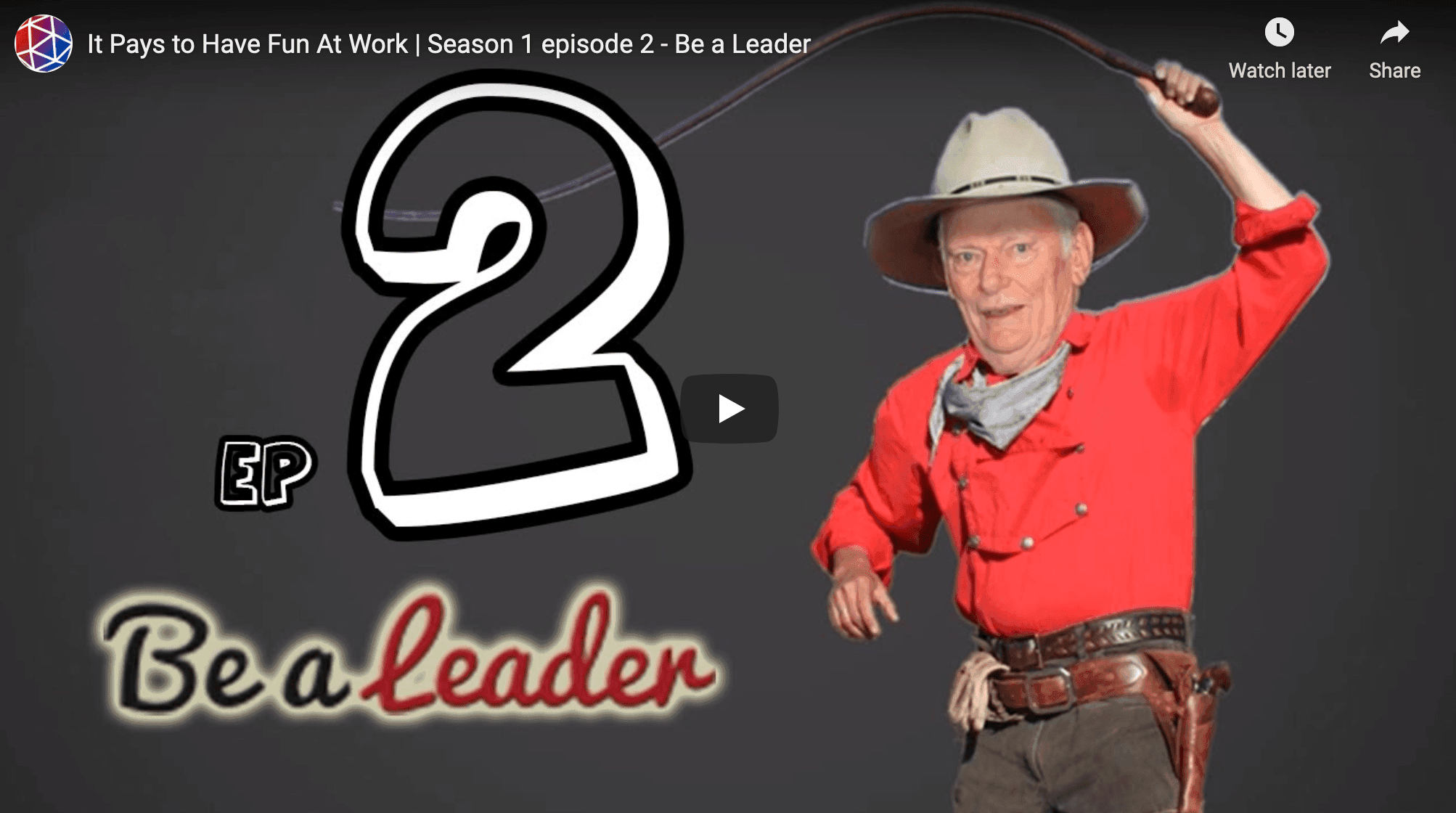Change Management 101: Put Culture in the Driver’s Seat
Culture is such an essential element of any organization, that it can make or break businesses. It refers to the shared values, beliefs, and behaviors that shape the way employees think and act. A strong organizational culture can drive sustainable change by creating a sense of purpose, motivating employees, and guiding decision-making.
Research shows that companies with strong cultures have seen a 4x increase in revenue growth. This is because a strong culture fosters employee engagement, which is critical for driving sustainable change. On the other hand, a poor culture can erode credibility and reputation. An MIT Sloan study indicated that corporate culture is 10.4X more likely to predict attrition than compensation or other factors, compared with the industry.
In a recent study by Quantum Workplace, 65% of staff surveyed believed their company’s culture has changed. That change is perceived by employees in ways that impact their work, lives, and experiences. Some organizations have adapted for the better while many still continue to struggle with the changes around them. Organizations that are able to invest and create a culture of trust at the workplace reap the benefits of a workforce that feels a sense of belonging. Without belongingness, there is limited commitment, and without commitment, there is no real hope for organizations to achieve their goals.
A Deloitte study indicates that culture, leadership behaviors, and personal relationships influence belongingness the most. An OC Tanner study on culture highlights that 76% consider their workplace a community and 72% want to be a part of a community at work. This sense of community consists of the organization’s ability to provide shared goals, demonstrate commitment, build camaraderie and trust, encourage feedback and communication, and unite and adapt.
Discover: Organisational Culture Is An Overlooked Factor In Transformation
It takes courage and commitment to build a case for a thriving culture.
- Remove conflicting actions that prevent culture from taking shape. For example, organizations, on the one hand, claim to trust staff but then, they invest in surveillance tools which build distrust. A survey in the UK showed that 3 in 5 staff were monitored on their phones, webcams, and emails.
- Create opportunities for staff to build a sense of community with social events. Encourage conversations in safe spaces where speaking up is recognized. Culture is a strong selling point and especially, after the pandemic. In a Linkedin Global Talent Trends study, a majority of participants (67%) indicated that they looked at posts that mentioned culture in them, providing insights on what professionals were seeking.
- Coach leaders to invest in creating a vision, values, and behaviors that align with the organization's goals. Help managers to model the desired behaviors, provide ongoing training and development, and foster a sense of belonging with the team. In a study by McKinsey, it was evident that employers were off the mark when it came to understanding how employees think and what will keep them in their jobs. For example, for staff, it was more important to have a sense of belongingness and be valued by their managers and organizations; while employers thought work-life balance, managing workload, and engagement at work were driving factors.
Overall, to bring about lasting change, it is vital to invest in a strong organizational culture that can lead to increased employee engagement, improved performance, and a more successful transformation.
This article was also published on Aniisu K Verghese's LinkedIn
Edited by: Irfan Razali
Leadership
Aniisu K Verghese Ph.D. is an award-winning communications leader, personal branding coach, author, speaker and academician with over 22 years of experience. His mission is to help organisations and individuals discover and develop their 'sweet-spot' through effective communications. Aniisu has spoken at international conferences on 4 continents and authored three books - Inclusive Internal Communications (2023), Internal Communications - Insights, Practices and Models (2012) and Get Intentional (2021). More about his work can be read at www.intraskope.com and www.aniisu.com








